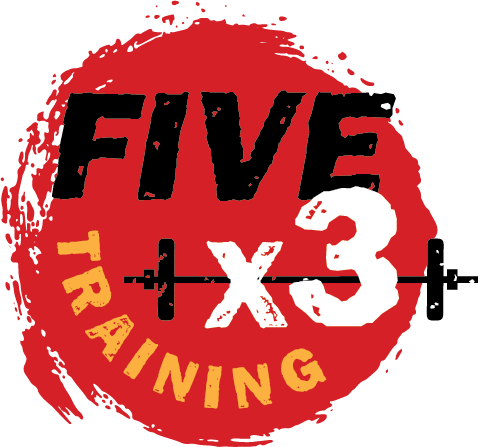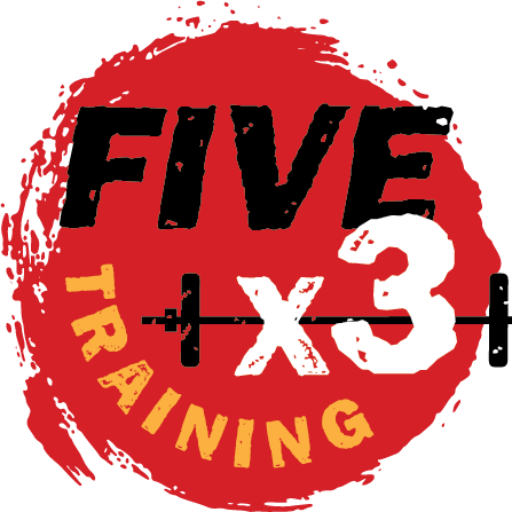The worst advice we can get as we age? “Take it easy.”
Strength makes everyday life easier—whether it’s climbing stairs, carrying groceries, or playing with grandkids. And the good news? You can build strength at any age.
If I’d known I was going to live this long, I would have taken better care of myself.
— Eubie Blake, composer & Baltimore native
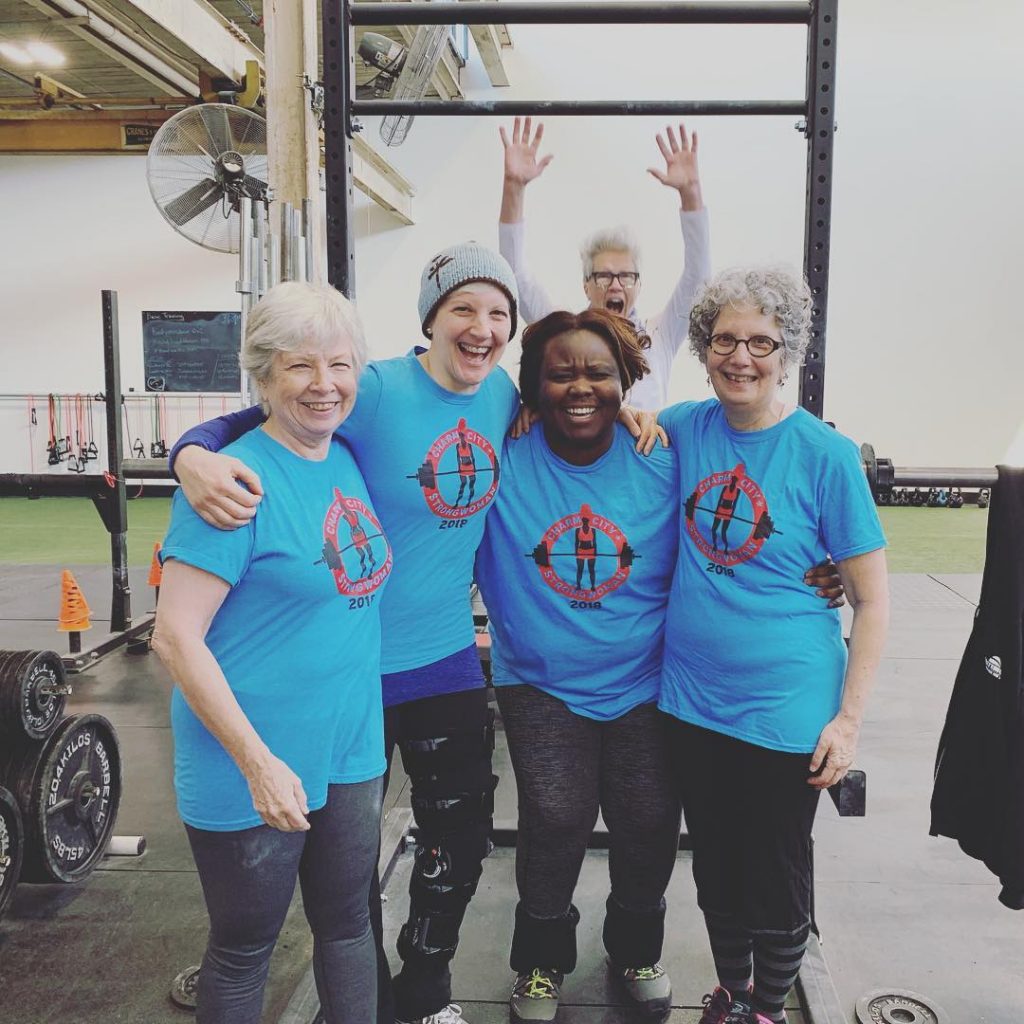
The Impact of Aging on Physical Health
As we age, maintaining physical strength becomes increasingly challenging. This decline can lead to several significant health concerns, including muscle loss, osteoporosis, balance issues, and chronic conditions like diabetes and heart disease. Understanding these challenges can help in taking proactive steps toward maintaining overall well-being.
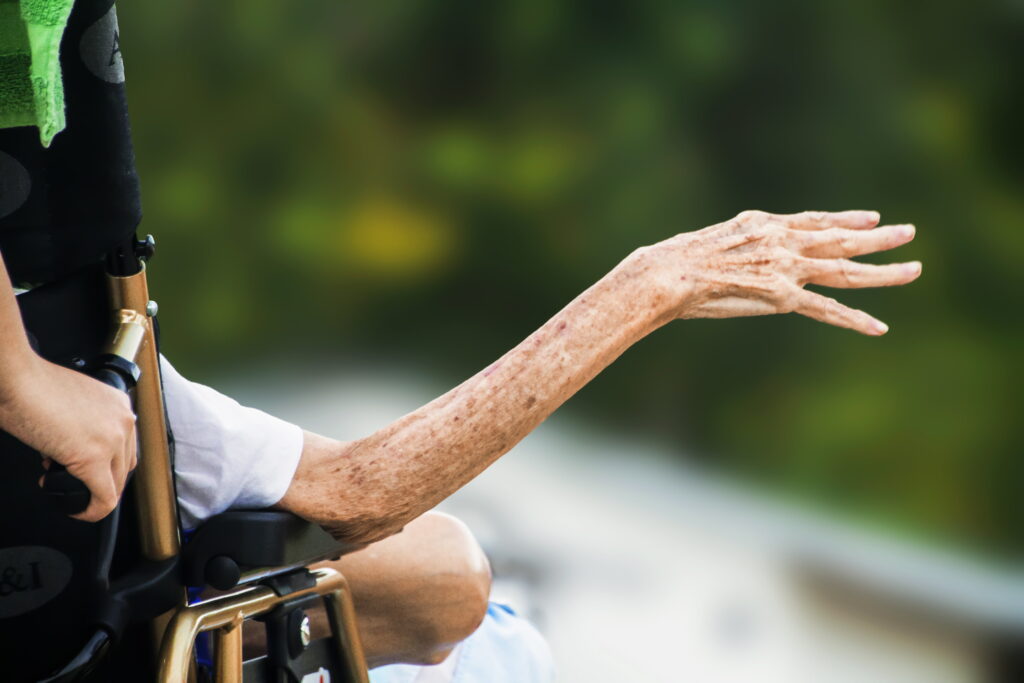
Muscle Loss (Sarcopenia)
Starting around age 30, we naturally lose muscle mass, making everyday activities harder over time. Strength training and movement help preserve muscle, keeping us active and independent.
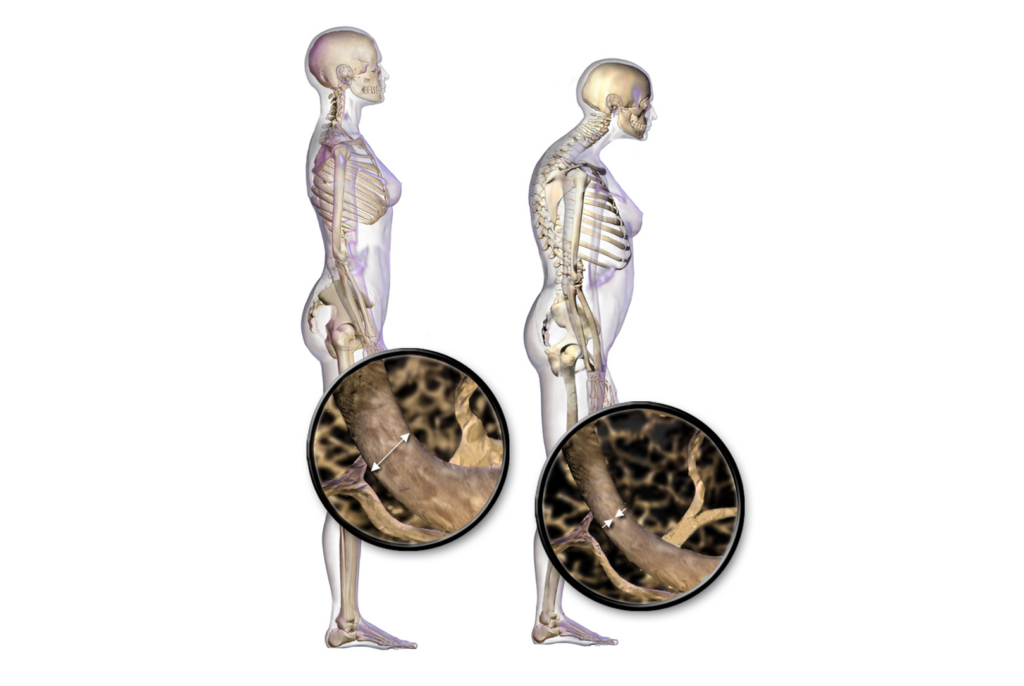
Bone Health & Osteoporosis
Bones weaken as we age, increasing the risk of fractures, especially in the hips, spine, and wrists. Proper nutrition, weight-bearing exercise, and medical guidance can support strong, healthy bones.
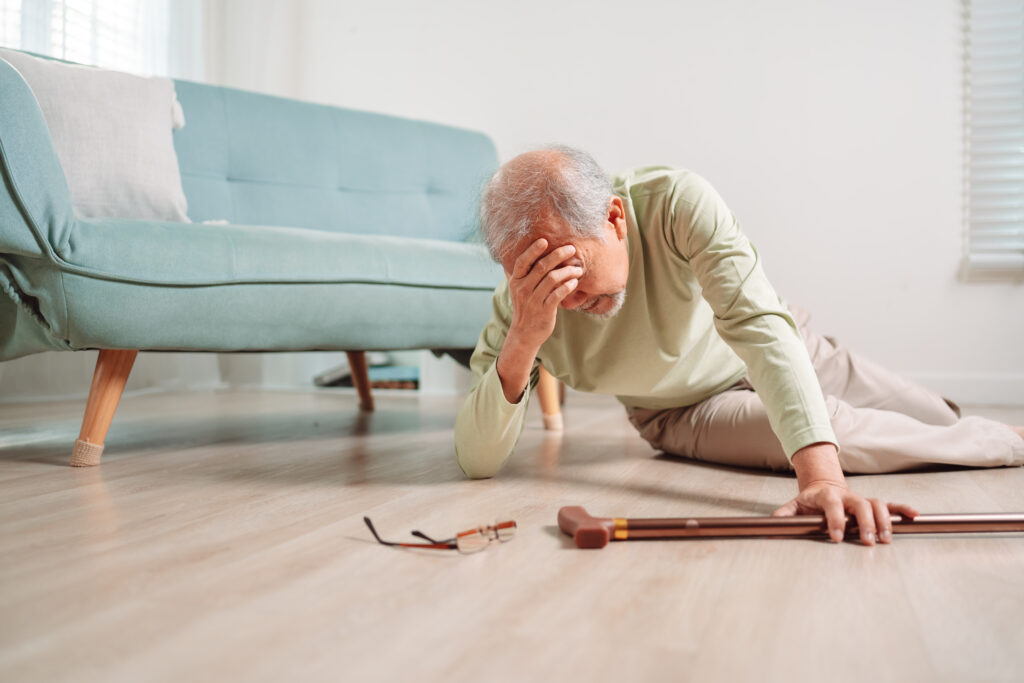
Balance & Fall Prevention
Falls are a major concern for older adults, often leading to serious injuries. Regular balance exercises and staying active can reduce fall risks and keep us steady on our feet.
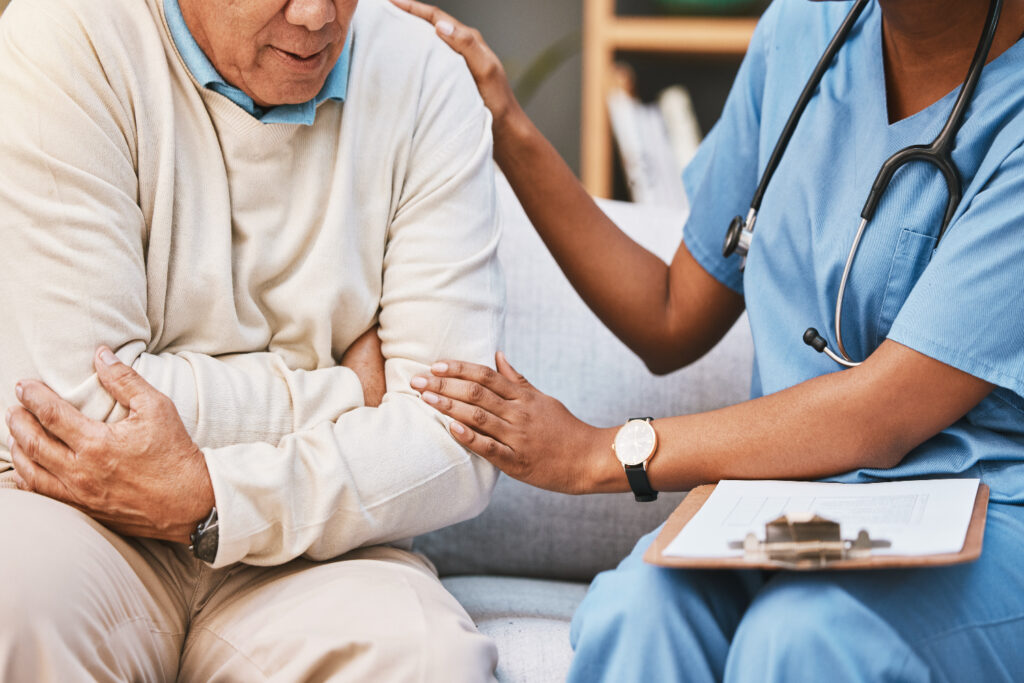
Diabetes & Heart Disease
Age increases the risk of diabetes and heart disease, but lifestyle choices make a difference. A heart-healthy diet, regular movement, and check-ups can help manage and prevent these conditions.
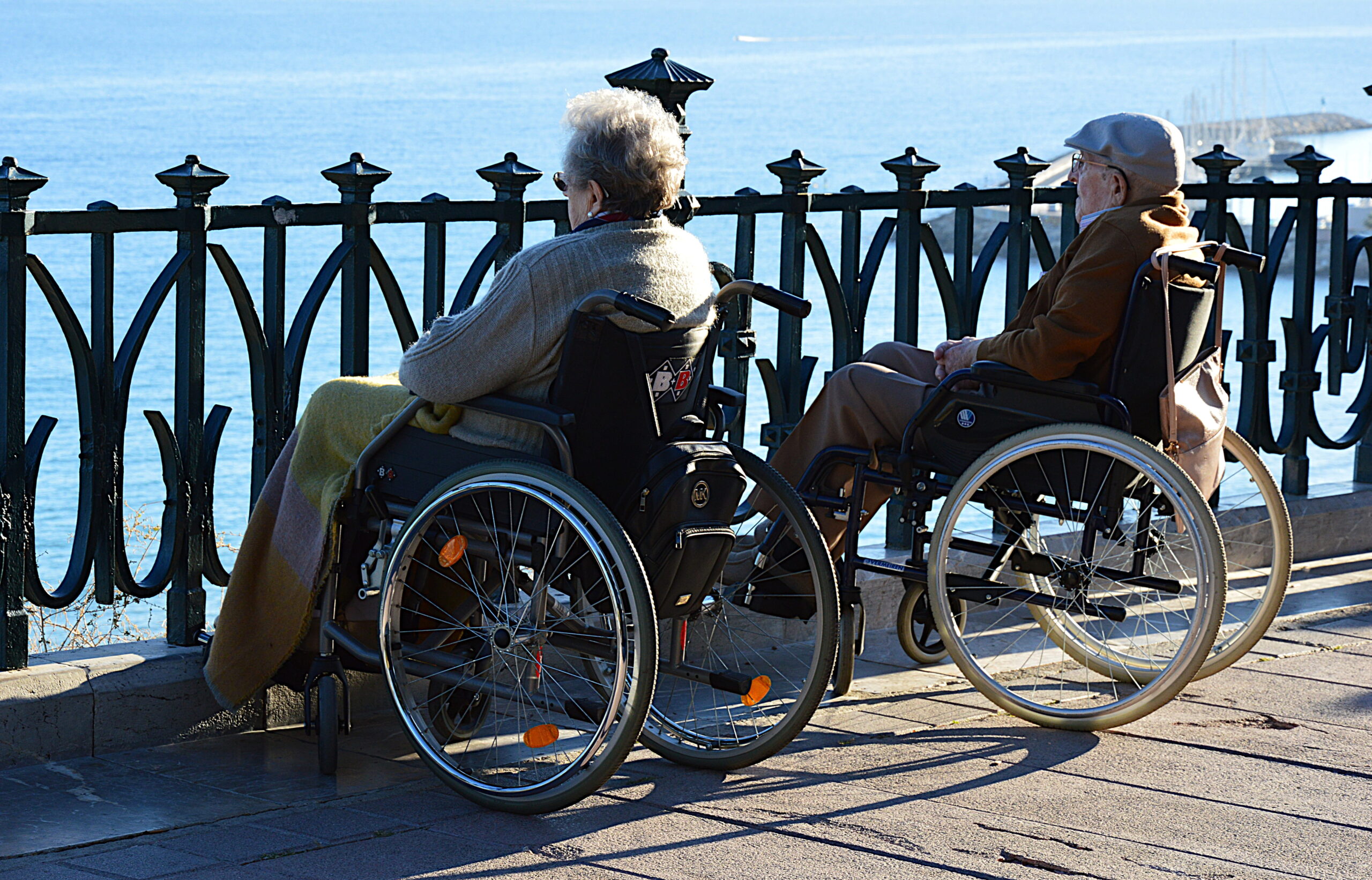
Maintaining Independence
Losing mobility can impact physical, emotional, and social well-being. Staying active, engaged, and proactive about health allows us to enjoy life on our own terms.
“Exercise is the best prescription for maintaining independence.”
Taking Charge of Our Health
Aging is inevitable, but how we age is up to us. With strength training, good nutrition, and preventive care, we can stay strong, independent, and vibrant for years to come.
At 85, FiveX3 member Mona is proving that strength training isn’t just about lifting weights—it’s about lifting herself!
💪 Getting in and out of the car:
Mona can now easily climb into the back seat, something that used to be a challenge.
🚽 Greater independence:
Mona can confidently get up from the toilet, a simple yet important task made easier with her newfound strength.
🛍️ Carrying her own bags:
Mona no longer struggles to load her groceries, enjoying the freedom that comes with being stronger.
